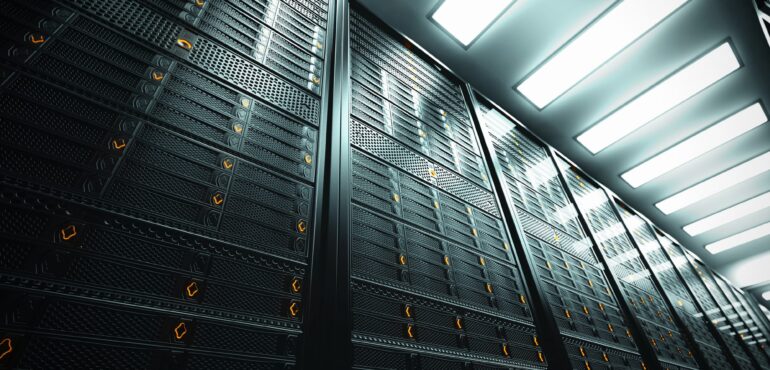Virtual Servers vs. Physical Servers: A Comparative Analysis of Benefits
Businesses rely heavily on their server infrastructure to manage and process critical data. Choosing the right type of server—virtual or physical—can significantly affect a company’s efficiency and operational costs. Both virtual servers and physical servers offer distinct advantages that make them suited to different needs. Understanding these benefits is crucial for organizations looking to optimize their IT infrastructure.
Cost Considerations
When comparing virtual and physical servers, cost is often a primary factor. Physical servers require a substantial upfront investment. Companies must purchase hardware, install it, and maintain it over time. This includes paying for physical space, power consumption, and cooling systems. In contrast, virtual servers allow businesses to avoid these high initial costs. Virtualization enables the allocation of resources without needing to purchase new hardware for every server.
Moreover, virtual servers are more scalable, meaning businesses can expand their server capacity without investing in additional physical machines. This reduces ongoing operational costs, as virtual servers can dynamically adjust to changing needs. In contrast, adding capacity to physical servers typically involves significant new investments.
Performance and Flexibility
The performance of a server is often a key concern, especially for resource-intensive applications. Virtual servers offer a high degree of flexibility by allowing multiple servers to run on a single piece of hardware. This increases efficiency, as resources can be reallocated to meet changing demands. Virtualization also simplifies the deployment of applications across different environments.
Physical servers, on the other hand, provide more consistent performance. Because each server is dedicated to specific tasks, there is no risk of resource contention between multiple virtual servers. Physical servers are highly customizable, allowing businesses to optimize performance for specific workloads. While virtual servers can be flexible, they may sometimes suffer from performance degradation under heavy load due to shared resources.
Maintenance and Management
Virtual servers simplify management. Tasks like creating backups, deploying updates, and restoring systems after failures can be automated and managed remotely. This reduces the need for IT staff to handle server maintenance manually. Virtualization tools streamline server administration, making it easier to monitor and maintain a large number of servers.
Physical servers, on the other hand, require more hands-on management. Hardware must be regularly maintained and replaced over time, which can be both time-consuming and costly. Downtime for repairs or upgrades is more common with physical servers, though they may have a longer useful life if properly maintained. For businesses that need long-term, stable server environments, physical servers can offer advantages, but at the cost of greater ongoing effort.
Security and Reliability
Security is a concern for all organizations, and both virtual and physical servers come with their own set of security measures. Virtual servers are typically housed in highly secure data centers, where they benefit from advanced security protocols. However, they may also be more vulnerable to certain types of attacks, such as hypervisor exploits, since multiple virtual servers share the same hardware.
Physical servers offer better isolation, which can be a security advantage. Because they are not shared with other users, the risk of cross-server breaches is lower. However, physical servers are more susceptible to hardware failure or physical tampering, which can pose a risk to reliability. Regular maintenance and robust physical security are required to mitigate these risks.
Key Takeaways
Both virtual and physical servers have their advantages, and the choice between the two depends on specific business needs.
Virtual servers offer lower costs, easier management, and flexibility, while physical servers provide consistent performance and better isolation.
Businesses must carefully evaluate their infrastructure requirements, budget, and long-term goals before deciding which server model best suits their needs. By considering these factors, organizations can build a robust and cost-effective IT infrastructure.
Contact Thinline Technologies for All Your IT and Networking Needs
At Thinline, we’re focused on making it easier for small businesses, schools, and other organizations to identify, deploy, scale, and get the most out of their IT. We go the extra mile to make sure you choose a provider that can help you achieve your goals and protect the sensitive data of your customers and employees. Put our expertise to work for your organization. Contact us today to learn more about how our experts can help.
